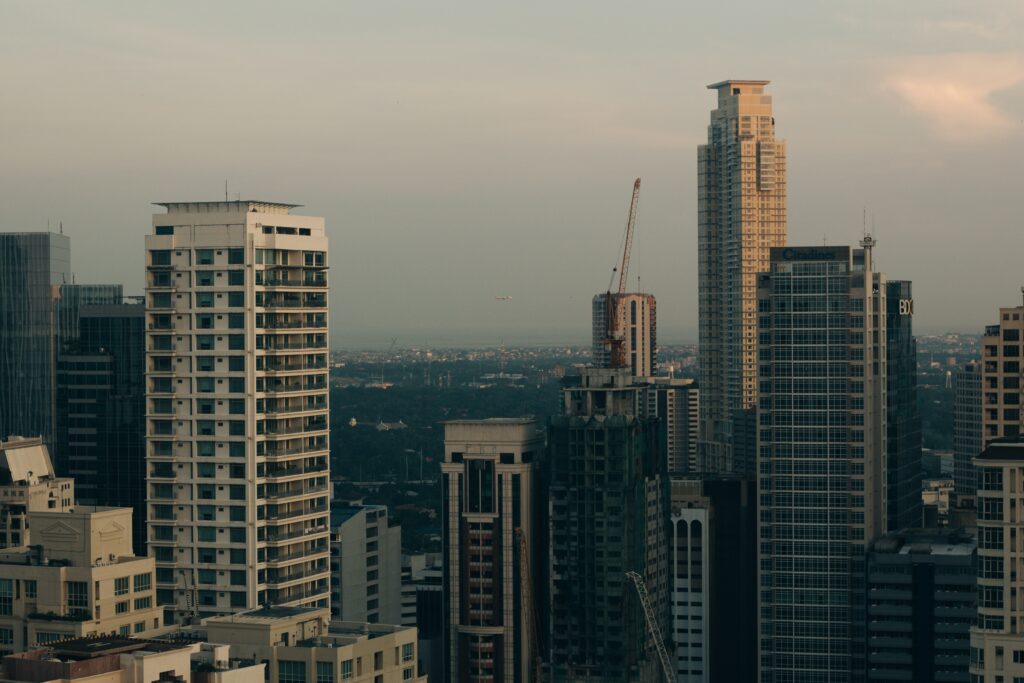Due to a number of positive factors such as prudent fiscal and monetary policies to preserve consumer and business confidence, the Philippine economy was expected to improve and rise from the first quarter of 2019. Other factors that contributed to an optimistic outlook for the Philippine economy at the beginning of the year include the increase in private consumption as well as improving labour market conditions that will promote the generation of high-quality jobs.
However, for the first time in twenty-two years, the local economy suffered its worst due to the COVID-19 outbreak.
By the second quarter of 2020, the Philippine economy has been hammered down by much more than expected due to one of the longest lockdowns throughout the global pandemic. From April to June, the economy has already tanked by more than 16% from the same period last year. According to the Philippine Statistics Authority, this is the lowest dip the government’s GDP suffered since 1981.
Here are the highlights of the economic events in the Philippines this year:
January 2020. The Taal volcano eruption disrupted various major industries such as manufacturing, agriculture, and tourism. During this period, the underemployment rate was already at 14.8% which is the lowest in a decade.
March 2020. The Enhanced Community Quarantine imposed upon Luzon, which accounts for almost 70% of the economic activity in the country, led to a massive temporary job loss for millions which caused the economy to contract by 0.2% broadly based on the decline in investment and private consumption. Global trade suffered one of its worst declines since post-war history due to the disruptions in international travel and trade.
April – May 2020. The Bangko Sentral ng Pilipinas (BSP) and major monetary authorities begin utilizing an array of policies to support the financial sector and the economy. The return of almost 16,000 OFWs also contributed to the economy’s decline due to less remittances and rising unemployment rates that also contributed to a further contraction in private consumption.
Economy vs COVID-19
Amid the government’s fight against COVID-19, the measures being taken continue to cause an economic contraction. In response to this, the government launched a social protection program to help 18 million informal and vulnerable families as well as 3.4 million formal workers. This will only temporarily offset losses and delays in its implementation could result into more households falling into poverty. Without mitigation procedures in place, poverty incidences may increase by 3.3 percentage points.
With travel restrictions among other limitations and the continued transmission of the disease, a deeper contraction during the remaining months of 2020 will largely affect the potential recovery in 2021. The damage is still uncertain and is still dependent on various factors and fundamentals both locally and globally.
Future Outlook
According to Asian Development Bank country director Kelly Bird, the worst is believed to be over at around June as the government began to release income support and relief to families, small business, and the agricultural sector. Although the recovery is still expected to be slow throughout the end of the year, additional fiscal support and accommodative monetary stance will help accelerate growth into 2021.
As the economy prepares for further recovery during Q4, additional fiscal support is expected from September to help households, healthcare, displaced workers, and broadly affected sectors such as transportation, agriculture, and tourism.
The ability of the country to embrace the new normal will also determine the economy’s ability to bounce back and recover. Aside from a better healthcare system, measures to improve the digital infrastructure must be set in place. The broadband or internet speed in the Philippines is still below the level of countries with a similar per capita income. The digitalization of the country will help encourage investments as well as improve public service functions that will benefit the Philippines as a whole especially during times of emergencies and disaster.
Sources:
June 2020: Braving the New Normal
Philippine Economy to Decline Further in 2020 Amid COVID-19, With Recovery in 2021, 15 September 2020
Philippines Economic Update April 2019: Safeguarding Stability, Investing in the Filipino

